Here’s the best way to make your course stand out

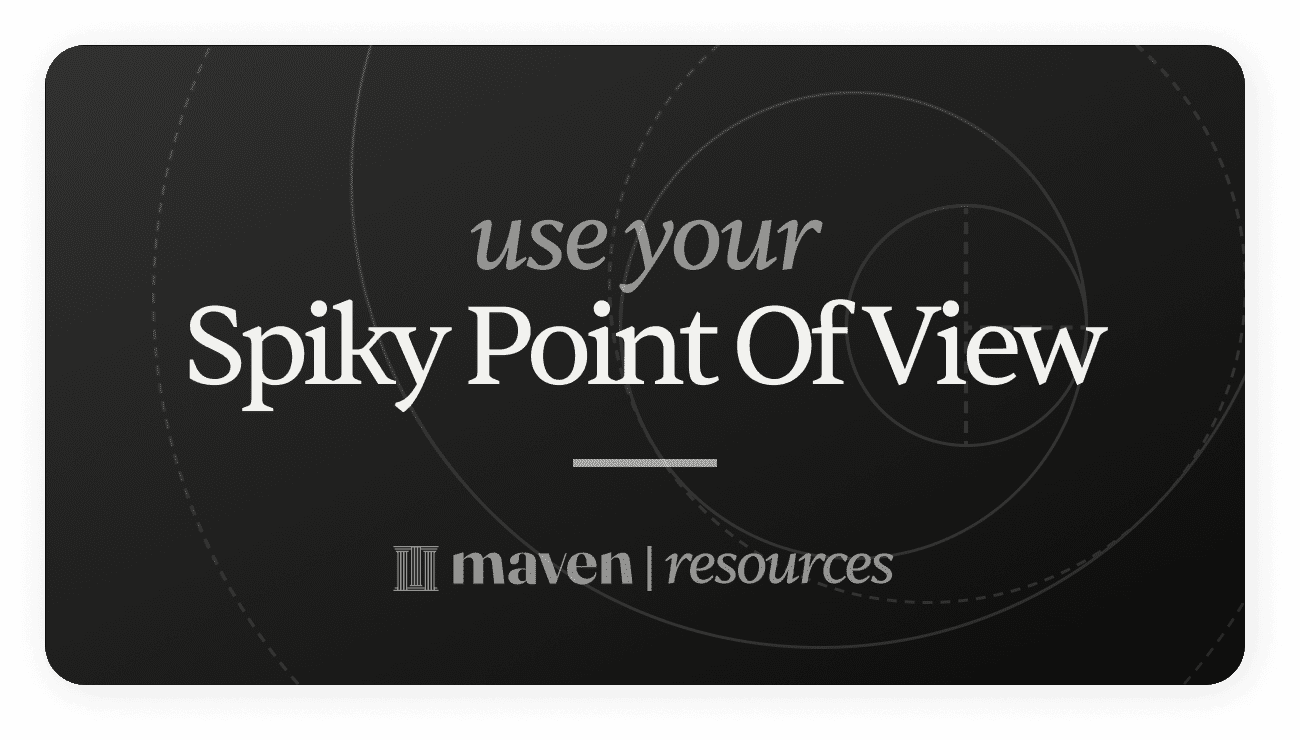
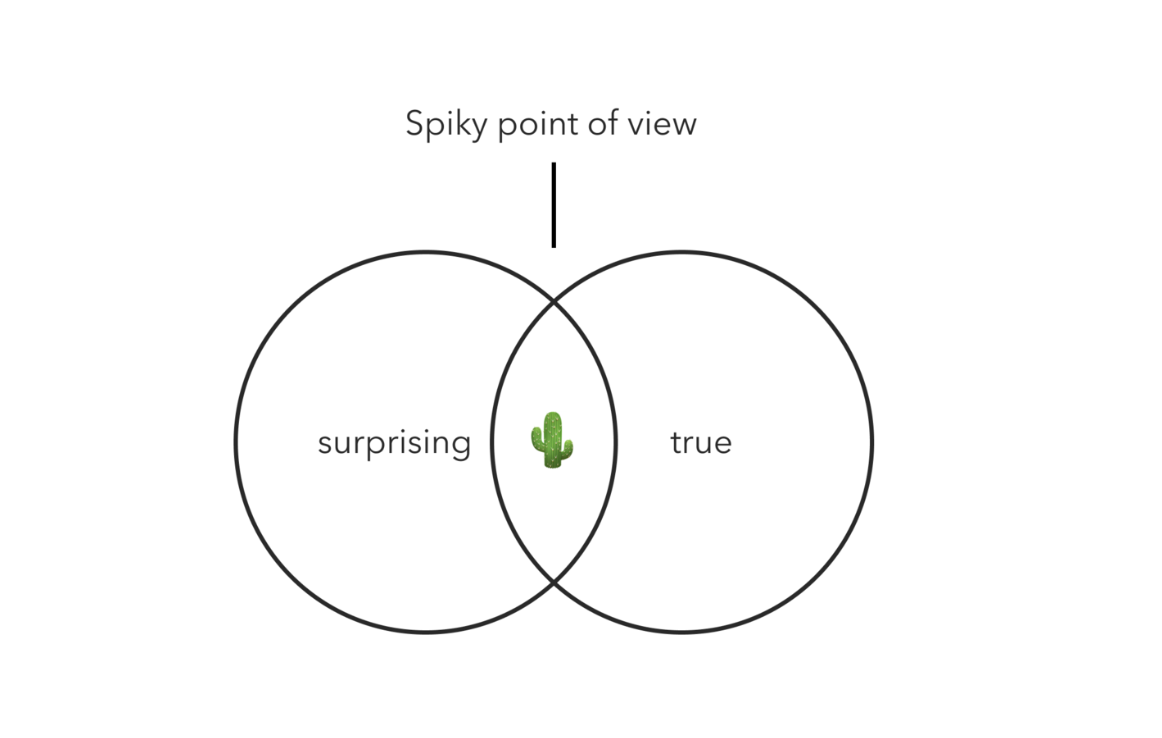
People don’t have to agree with your spiky point of view, but they will be sparked by it. The goal is to share your truth and start a conversation—not to aim for 100% agreement from everyone you come in contact with.
Examples of spiky points of view from Maven instructors
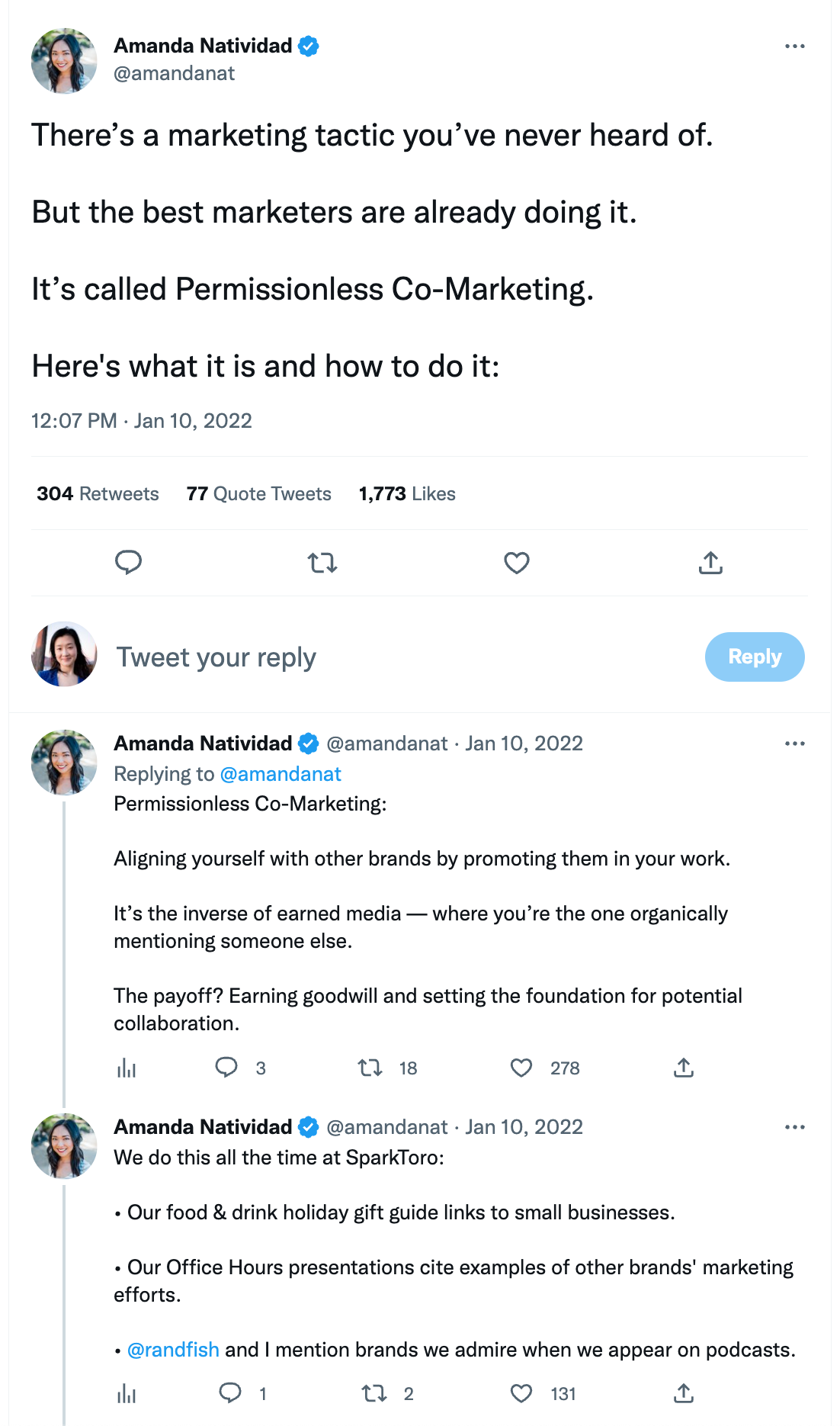
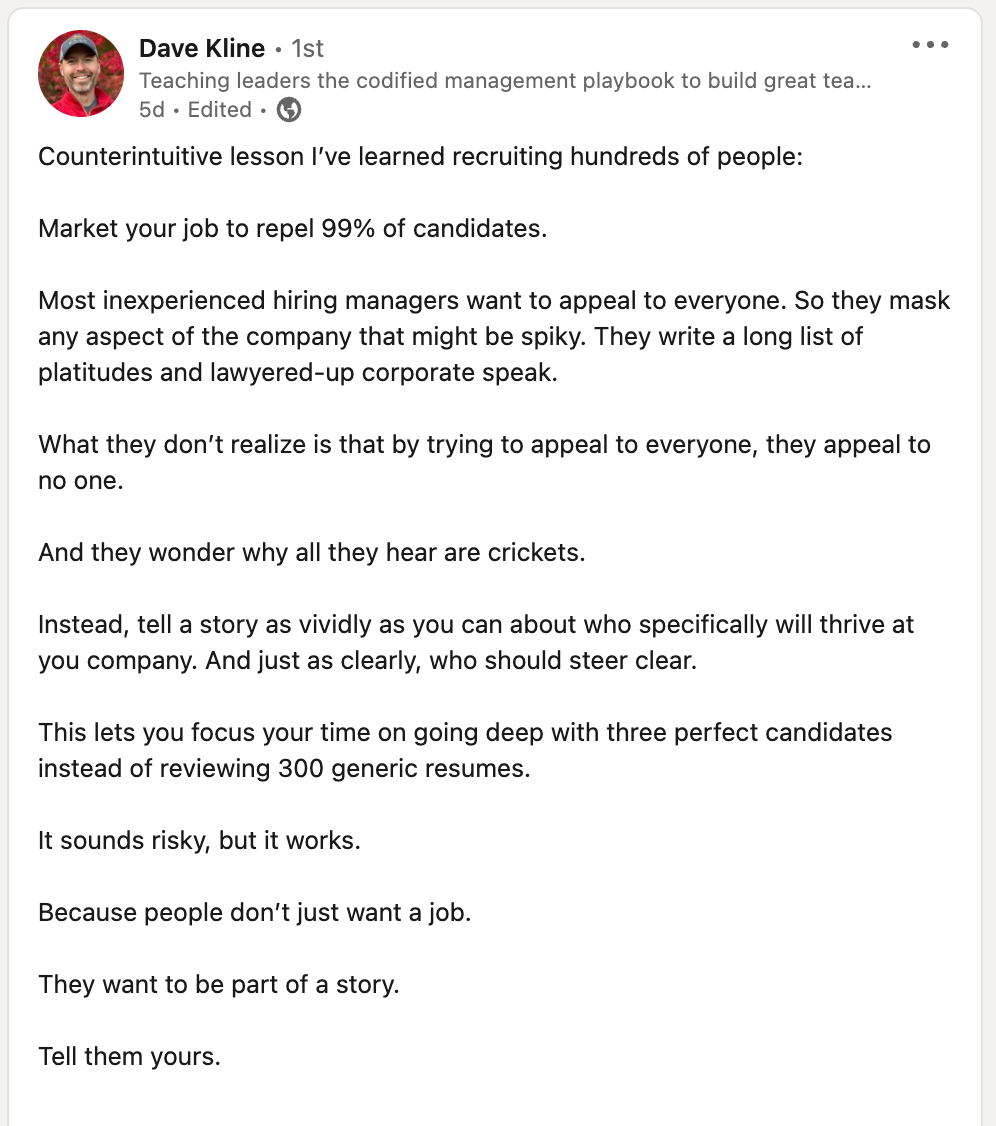

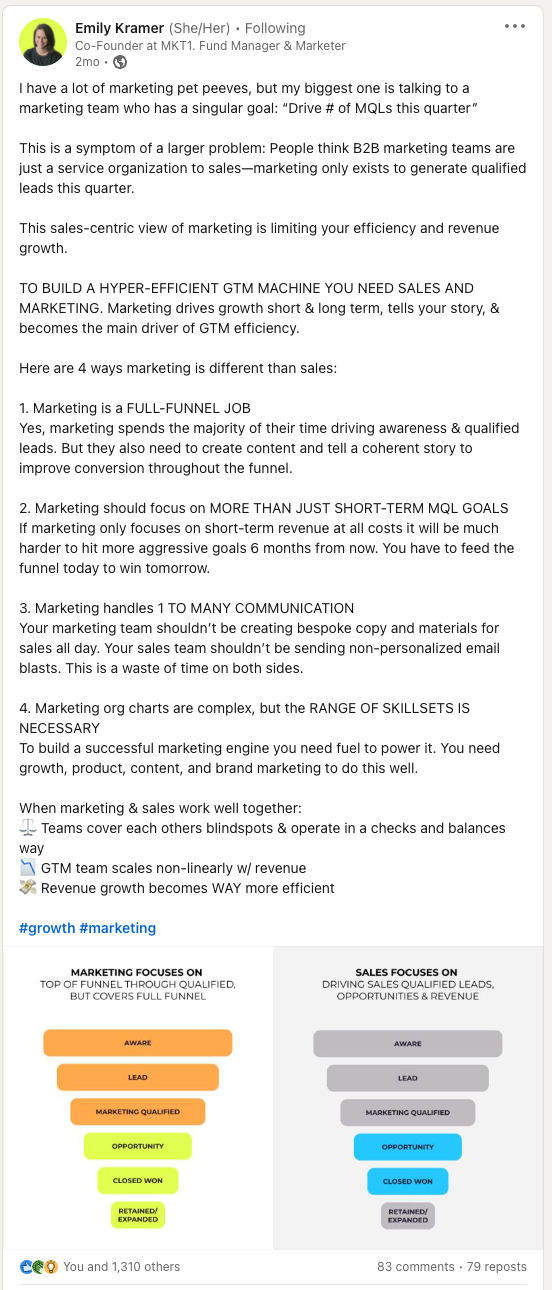


✍️ Action:
- What’s something you believe that others might disagree with?
- What do you wish more people understood?
- What’s a generally accepted best practice that you think is not useful or doesn’t work based on your experience?
Try to come up with 3-5 initial answers. Some of your responses might be too generic, which is normal. You should refine and iterate based on feedback.
- “Most people think [X], but actually [Y].”
- “Stop doing [X]. Start doing [Y].”
- “The best way to [X] is to [do the thing that people usually avoid].”
Additional resources
- Wes' article on spiky point of view
Related Courses
Think Effectively with Data Visualization
Spot and avoid data fallacies. Gain confidence, build trust, and protect your credibility with truthful data visualizations.
Spicy Brains Get Stuff Done
Make it easier to get work done by identifying your unique strengths & building new strategies for supporting your challenge areas
Uplevel Your Product Thinking
Frameworks to evaluate markets & come up with compelling solutions. Applied to 10 product themes! 🔥 500 students 🔥
Influential Research: How to Influence Product Decisions with Research
Learn to collect evidence like a detective, build your case like a trial attorney, and present it with a news anchor's confidence.
The Generative AI Growth Mindset
Learn how to use generative AI for decision-finding, decision-making, and communication at work, home and play.
Analyzing Protests
Five hours over one week: Understand how and why protests form Predict the next big protest Write about the impact of protests